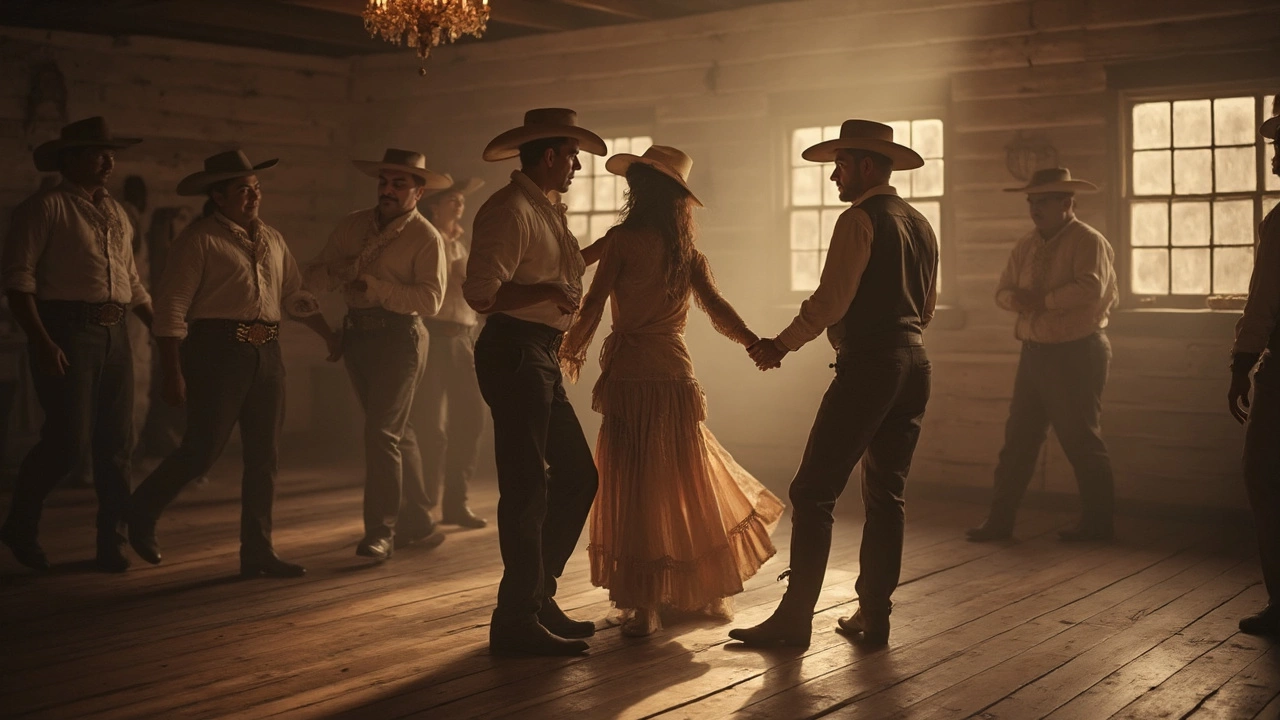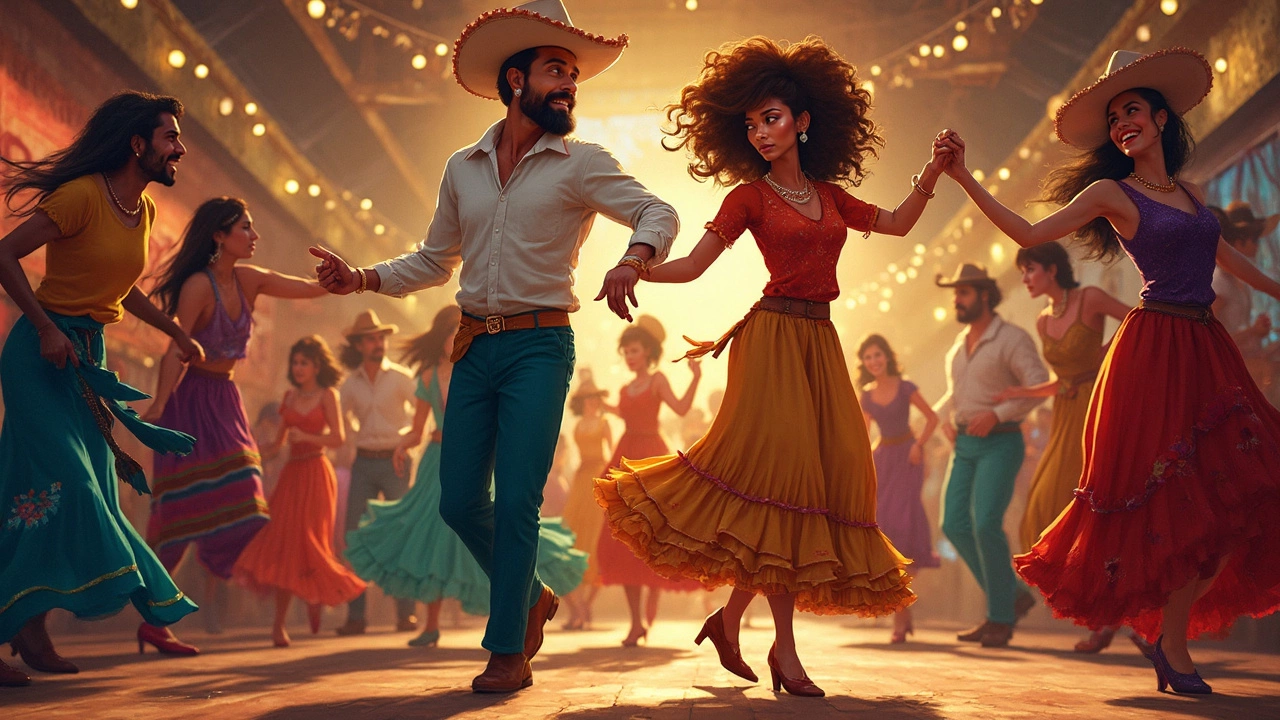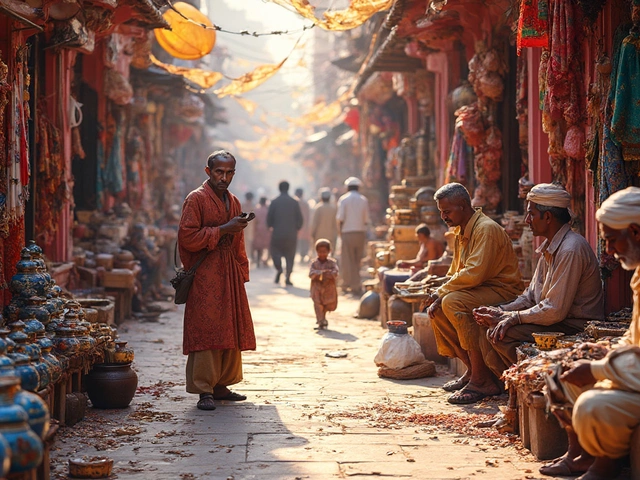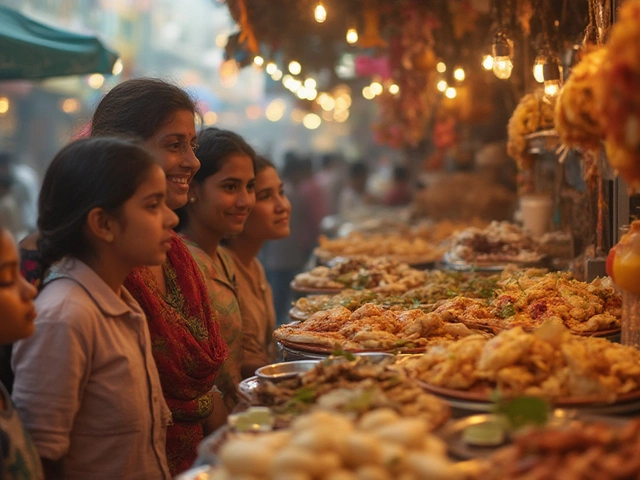Ever found yourself tapping your foot to the rhythm of a catchy beat? In Texas, if you’re doing that in a dance hall, there's a good chance you're grooving to the Two-Step. This isn’t just any dance, but the dance of Texas, bringing to life the vibrant spirit of the Lone Star State.
The Texas Two-Step caught on in the mid-20th century, though its origins go further back to European folk dances. But it evolved uniquely here, shaped by regional music influences and the personalities of Texans themselves. Picture this: you're stepping into a lively dance hall, neon signs flickering and country tunes twang everywhere—it's the perfect Two-Step setting.
The dance itself is pretty straightforward if you catch the hang of the quick-quick-slow rhythm. But don’t be fooled by its simplicity. Mastering the intricate twirls and graceful leading takes time, and that's where the fun begins. It's about flow and connection with your partner, a sort of moving conversation if you will.
- Origin of the Texas Two-Step
- Basic Steps and Rhythm
- Cultural Significance
- Famous Two-Step Venues
- Tips for Beginners
- Modern Adaptations
Origin of the Texas Two-Step
The Texas Two-Step didn’t just pop up out of nowhere; it’s got roots deep in Texas history, mixing a little Old World charm with New World innovation. The dance we know today evolved primarily from a blend of European folk traditions and the lively culture of American Southwestern dance halls.
Back in the day, immigrants brought various dance styles to the U.S., like the Polish polka and the French quadrille. Texans, with their knack for making things their own, adapted these into the rhythmical Two-Step. The syncopated beats and the movement patterns of these European dances were simplified and adjusted to fit the upbeat, often rugged lifestyle that Texans were known for.
From Folk Traditions to Dance Halls
Throughout the 19th and early 20th centuries, as Texas began to urbanize, so did its dance culture. Dance halls sprang up across the state, especially around the time when Western swing music gained popularity. These venues became the social hotspots, where the working class came together to let loose after a hard day's work. Dancing the Two-Step was more than just movement; it was a release, a celebration.
As America headed into the 20th century, technological advancements like radio and the recording industry spread country music far and wide. The Two-Step easily adapted to this new era, solidifying its status as a classic way to hit the floor whenever a country song played.
| Year | Event |
|---|---|
| 1800s | European immigrants bring folk dances to the U.S. |
| 1850-1900 | Texas adopts these dances in their local culture. |
| 1940s-1950s | The rise of Western swing music popularizes dance halls. |
In today’s Texas, whether you’re in a bustling city or a quiet town, the Two-Step remains a staple. With every shuffle and twirl, you're not just dancing; you're part of a living history that brings a touch of classic Texas charm to every occasion.
Basic Steps and Rhythm
Getting the hang of the Texas Two-Step is simpler than it sounds once you nail down the rhythm. It’s all about the quick-quick-slow pace. Picture this: two fast steps followed by two slow ones. This unique pattern distinguishes the two-step from other dances.
Finding the Beat
Before you hit the dance floor, try to walk to the beat of a song. Most country songs fit right into the 4/4 time signature, making them perfect for the Two-Step. The counts go 1-2-1-2-sl-i-de, where the 'slide' stretches over two beats. Cool, right?
Stepping It Up
You're going to start with your left foot if you're leading. Here’s a quick breakdown:
- Step forward with your left foot.
- Quickly step forward with your right foot.
- Slowly step forward again with your left foot, completing the basic sequence.
- Repeat the pattern, maintaining the rhythm.
If you’re following, just mirror the moves. It's like a mirrored reflection dance, keeping both partners in sync with the music’s pulse.
Getting the rhythm might take a few tries, but hey, that’s the fun of learning! The key is in keeping your steps relaxed and letting the music guide you. Once you’re comfortable, you can start adding in spins and turns that make the two-step such a dynamic and exciting dance.
As a side note, wearing smooth-soled shoes might help you glide effortlessly across the floor. That little tip can be the difference between feeling stuck and really feeling the dance flow!
Cultural Significance
The Texas Two-Step isn’t just a dance; it's a way of life down here in the Lone Star State. People from all walks of life have been moving to its rhythm for generations, and each time those boots hit the floor, history echoes through every step. It's a beloved tradition that brings folks together.
At its core, the Two-Step is all about social connection. In a world where people are increasingly glued to their screens, this dance represents a return to genuine human interaction. Shared experiences on the dance floor create bonds, and these moments become stories passed down among friends and family. That's powerful stuff.
Dance Halls and Community
Dance halls, like Gruene Hall in Texas, stand as cultural landmarks where the Two-Step thrives. Here, the line between the past and present blurs, preserving the tradition while keeping it alive and relevant. The halls are bustling with energy and stories, places where a new dancer can rub elbows with a seasoned regular and pick up a few moves.
To offer a broader idea of its popularity, an informal survey (conducted by local Texan groups in 2022) showed that about 75% of participants claimed that a wedding simply isn't complete without a Two-Step session. Moments like these highlight its role in local celebrations, from weddings to county fairs.
Folks from bigger cities like Austin or smaller towns like Fredericksburg keep the tradition alive. It's more than just a Saturday night activity—it's etched into the Texan cultural identity.
The Role of Music
The Two-Step isn’t complete without its soundtrack: country music. Classics from Willie Nelson or George Strait set the stage, creating an atmosphere that’s impossible to resist. Many small towns host live country bands, further proving that the connection between music and this dance is as strong as ever.
| Event | Percentage Featuring Two-Step |
|---|---|
| Weddings | 75% |
| County Fairs | 60% |
| Festival Celebrations | 50% |
This dance captures the essence of Texas culture: friendly, lively, and just a bit wild. And honestly, is there any better way to understand a place than to dive into its dances?

Famous Two-Step Venues
If you're looking to soak in the pure energy of a Texas Two-Step, certain places pop up as legendary dance destinations. These venues aren’t just about the dance; they offer a full experience of Texas culture, where music, movement, and camaraderie come together.
Gruene Hall
Topping the list is Gruene Hall, Texas' oldest dance hall, located in New Braunfels. Stepping into Gruene gives you a sense of history; it's been hosting gatherings since 1878! Known for hosting both up-and-coming and famous musicians, it's the place for a toe-tapping Two-Step set against the backdrop of rootsy tunes.
Broken Spoke
Head over to Austin, and you’ll find the iconic Broken Spoke. Open since 1964, it’s a real slice of honky-tonk heaven. With its dusty floors and neon lights, the Broken Spoke offers dance classes and live performances, making it a perfect spot for beginners and seasoned dancers alike.
Billy Bob's Texas
In Fort Worth, Billy Bob's, the world's largest honky-tonk, is the ultimate venue for dance floor lovers. Here, you don't just dance—you experience Two-Step as part of Texas-size entertainment. With a capacity for thousands of people, Billy Bob's regularly hosts huge concerts where the floor vibrates with the rhythm of the Two-Step.
Arkey Blue's Silver Dollar
Venture into Bandera, and you’ll discover Arkey Blue’s Silver Dollar. This spot might look like a hole-in-the-wall from the outside, but inside, it's pulsing with local music and Two-Step fervor. Known amongst locals, it’s a hidden gem that offers a slice of authentic Texan action.
Visiting these venues, you'll do more than just practice your Two-Step—you'll dive into a cultural heartland that celebrates music and movement in true Texas style.
Tips for Beginners
Dipping your toes into the world of the Texas Two-Step can be both thrilling and a bit daunting. But worry not! With some basic tips, you’ll be spinning around the dance floor with confidence in no time.
Start Simple
No need to rush. Begin by mastering the basic step pattern: quick-quick-slow. It's all about getting comfortable with the rhythm. Try practicing to a song you love that has a clear 4/4 time signature—trust me, it helps.
Find the Beat
Good news for beginners: understanding the beat is key. Feel the music, count 1-2 for the quick steps, then 3 for the slower follow-through. Once you get this, the rest will start to click.
Partner Up
The Two-Step is a partner dance, so communication is crucial. The leader generally guides the movements, while the follower listens through subtle physical cues. It's a dance of cooperation—think of it as a friendly chat instead of a solo performance.
Comfortable Footwear
Sound basic? Maybe, but having the right shoes can make the dance way easier. Opt for flat shoes or boots with smooth soles to glide effortlessly on the floor. High heels or overly sticky soles might make you trip up.
Practice Makes Perfect
You can't become a Two-Step pro overnight. Attend dance classes or social dances to learn from experienced dancers. Many dance halls in Texas offer beginner nights where you can practice without the stress.
Here's a little extra for you. Did you know some venues host Two-Step competitions? It's a great way to challenge yourself and see pro moves in action.
Modern Adaptations
Today, the Texas Two-Step has found its way into modern pop culture, evolving beyond traditional country dance halls to places you wouldn't expect. Sure, you might still find it in its classic venues, but now it's also making appearances in music videos, weddings, and even trendy bars with a twist.
One fascinating adaptation is how urban dance communities have embraced the Two-Step, blending it with contemporary styles. Some younger dancers are even incorporating hip-hop moves or adding a bit of swing, creating a fusion that's as diverse as Texas itself. It's these kinds of twists that keep the dance relevant and exciting for new generations.
Pop Culture Influence
Dancing with the Stars, a popular TV show, even featured the Texas Two-Step in a special episode, illustrating its mass appeal in mainstream media. Viewers were captivated by a fast-paced routine that seamlessly integrated modern and traditional elements.
Two-Step Meetups and Events
There are also dedicated Two-Step events cropping up nationwide. While they might not all capture the authentic Texan spirit, they show just how far the dance has traveled. Meetup groups and dance clubs host workshops regularly, teaching both newbies and seasoned dancers alike—the access to learning has never been easier!
| City | Event | Frequency |
|---|---|---|
| Austin | Two-Step Saturday | Weekly |
| Houston | Urban Dance Meet | Monthly |
| Dallas | Boot-Scootin' Ball | Quarterly |
These modern adaptations help the dance remain a lively piece of cultural heritage, proving it's not just an old-timey pastime but a living dance form that's here to stay. So, whether you're a Texan by birth or just in spirit, there's always room to shuffle into this storied tradition.






Write a comment